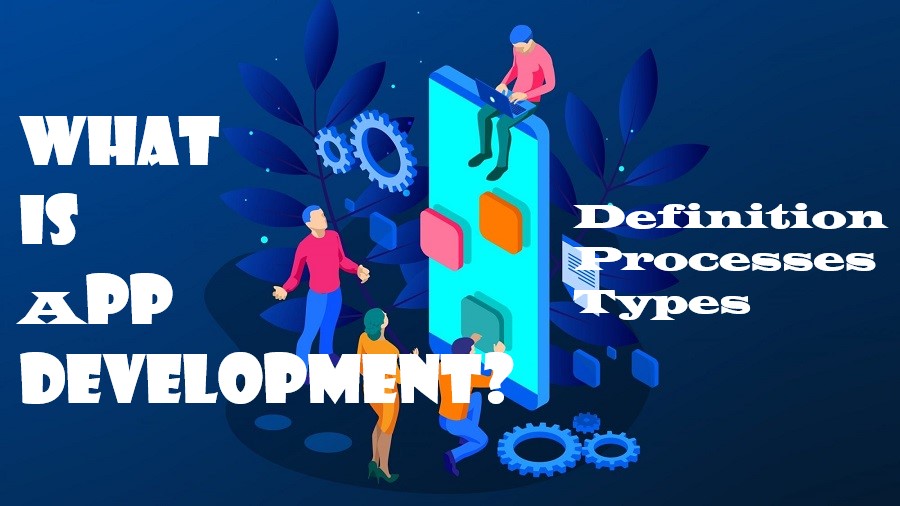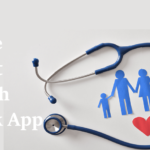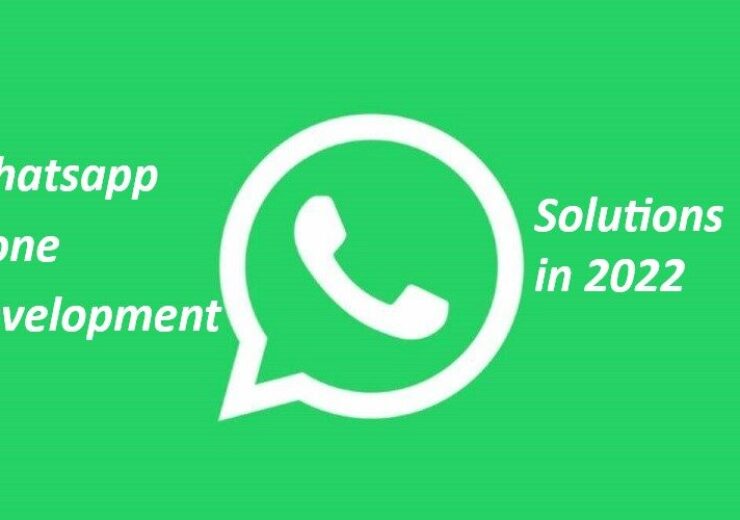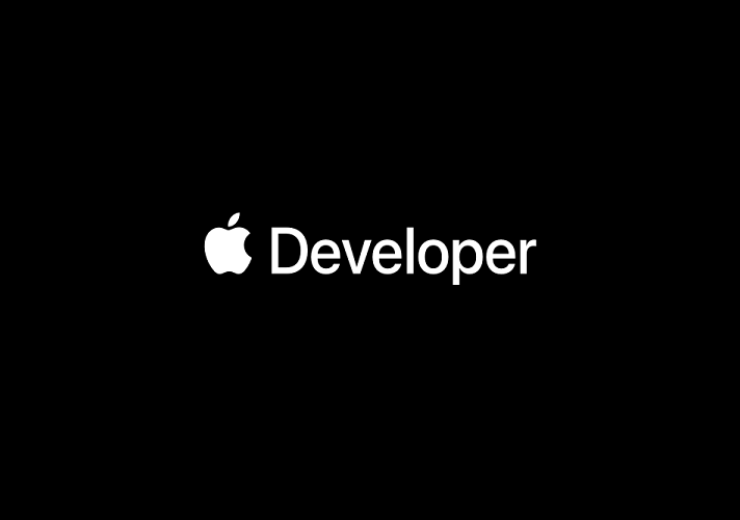What Is App Development? Definition, Processes, and Types

Definition:
You may be wondering, what exactly is app development? That said, app development is creating an application for use on smartphones, tablets, and other mobile devices. While app development may occasionally include the creation of a web-based app or a desktop version of the app, the vast majority of app development initiatives are delivered to mobile and tablet devices.
Mobile applications have gained popularity in recent years; the surveys have also shown that 21% of millennial consumers access an app over 50 times each day. While there is no doubting that apps are popular, the sheer volume of these customized software programs might make it tough to observe results when developing your apps.
With over 2.2 million applications available for download in the Apple App Store and another 2.8 million in the Google Play Store, it stands to reason that your app must stand out if you want a large number of people to download it. In conclusion, it all gets down to app development.
- Mobile app development is the production of software designed to operate on mobile devices and customized to use the specific capabilities and hardware of such devices.
- Native apps, hybrid apps, and HTML5 apps are examples of mobile apps created by developers.
- In 2020, the mobile app development industry was expected to be worth approximately $600 billion.
Mobile application development is becoming an increasingly popular medium of software production as the use of smartphones and tablets grows. Indeed, mobile applications have become a crucial component of most organizations, with sales expected to reach over $600 billion by 2020. As customers abandon desktop computers in favor of mobile devices, this thriving and expanding sector has drawn companies worldwide.
More About The Development of Mobile Applications:
The development of mobile applications has many origins in traditional software development. However, the end product is software designed to use the particular capabilities and technology of mobile devices. Bluetooth, NFC, gyroscopic sensors, GPS, and cameras are standard features in modern smartphones. We might use it for virtual or augmented reality and barcode scanning, among other things. Mobile apps should take advantage of all smartphone functions, which is easier said than done.
When developing desktop PC software, programmers must construct an application that can run on a limited range of hardware. The same is true for mobile apps; however, the hardware variations are significantly more minor in this case.
When developing desktop PC software, programmers must construct an application that can run on a limited range of hardware. The same is true for mobile apps; however, the minor hardware variations. Simultaneously, the hardware in smartphones and tablets does not precisely equal that in laptops and desktop computers, so mobile programs must be built to run optimally.
Because of the less capable graphics processors in mobile devices, a gaming app, for example, would be limited in its graphical aspects. That being said, cloud computing is making mobile gaming more straightforward than ever. Popular games like Fortnite, Hearthstone, and PUBG allow players to connect across computers, phones, and consoles.
List of The Processes in App Development:
A typical app development project has multiple processes detailed in the app development lifecycle. The app development process involves six critical phases, regardless of the sort of project you wish to bring to life. By breaking down the project into these simple phases, you will be able to design your app more quickly and efficiently. These steps include:
1. Planning
When coming up with app ideas, please do some research and answer a few questions. What issue does this software address?, Who is the intended audience?, Why are these characteristics important?, Do your competitors have apps comparable to yours?. The first stage is doing a company analysis and developing a mobile strategy. Typically, a business analyst, marketer, and project manager are engaged.
2. Design
Next, you’ll create a user interface (UI) to guide the user through the program and make it easy to understand. The drawing, wireframes, and app skins are generated during this phase. A UX/UI designer is generally in charge of this.
3. Developing
This phase is carried out by developers and contains front-end and back-end code portions. You will write the app’s code, develop it, and begin preliminary testing during this stage.
4. Product Testing
During the product testing stage, technical requirements are tested, and device capabilities are examined to ensure that the app functions correctly. By testing your app, you’ll be able to identify its quality, flaws, and improvement areas.
5. Launching
Finally, the app is made available on the app store. As for upgrades, new releases, and emerging issues, maintenance is supplied continuously.
Once your software is bug-free and ready to launch, you can distribute it through marketplaces like the Apple App Store and Google Play.
6. Marketing
It is one of the final stages of the app development process. Develop a marketing plan to encourage people to download your app and provide feedback on how to enhance user engagement.
Read Also: Guest Post Sites List 2022
Mobile App Types and Programming Languages:
Mobile apps, like desktop software, are created utilizing a variety of programming languages and frameworks. Even though the most popular operating systems, iOS, and Android, have done an outstanding job of standardizing the sorts of mobile app development available to programmers, apps can still differ. Here are some examples of mobile app types:
1. Native Applications
These are apps developed for a specific platform (iOS or Android) utilizing the software development tools and languages that those operating systems enable. iOS makes use of Xcode and Objective-C, whereas Android makes use of Eclipse and Java.
Developers frequently prefer native applications because of their ability to exploit a device’s capabilities. As smart home gadgets become more widespread, developers are designing one-of-a-kind applications that include wearables, IoT sensors, and intelligent displays to provide personalized experiences. Of course, developing for each platform is an expensive and time-consuming procedure that is not suitable for all organizations.
2. HTML5 Applications
Based on near-universal web technology standards – HTML5, JavaScript, and CSS – this sort of mobile app offers a write-once-run-anywhere approach to mobile development. Apps created with this framework are cross-platform interoperable and require only minor adjustments to assure full functioning on any operating system.
HTML5 apps may continue delivering desktop alerts and initiating conversations via email and other channels. Don’t dismiss the usefulness of web apps, but bear in mind that users are more inclined to utilize a native app. According to an Oracle survey, millennials spend 90% of their mobile time in apps and 10% on web browsers.
3. Apps That Are Hybrids
These apps require the development of a container in the native system that allows an HTML5 app to be embedded inside of it. This enables programs to take advantage of the different and distinctive features of each native system.
Consider repurposing current applications before developing your own branded app for more effect. For example, you may increase traffic to your website and physical location by utilizing mobile-focused marketing on platforms such as Yelp, Facebook, and Google Maps.
Conclusion
Hopefully, we’ve answered your query, “What is app development?” While app development has a broad definition, it is essential to highlight that no two mobile apps are identical. Businesses employ various tools and resources to guarantee that their applications are one-of-a-kind and add value to the end-user.




